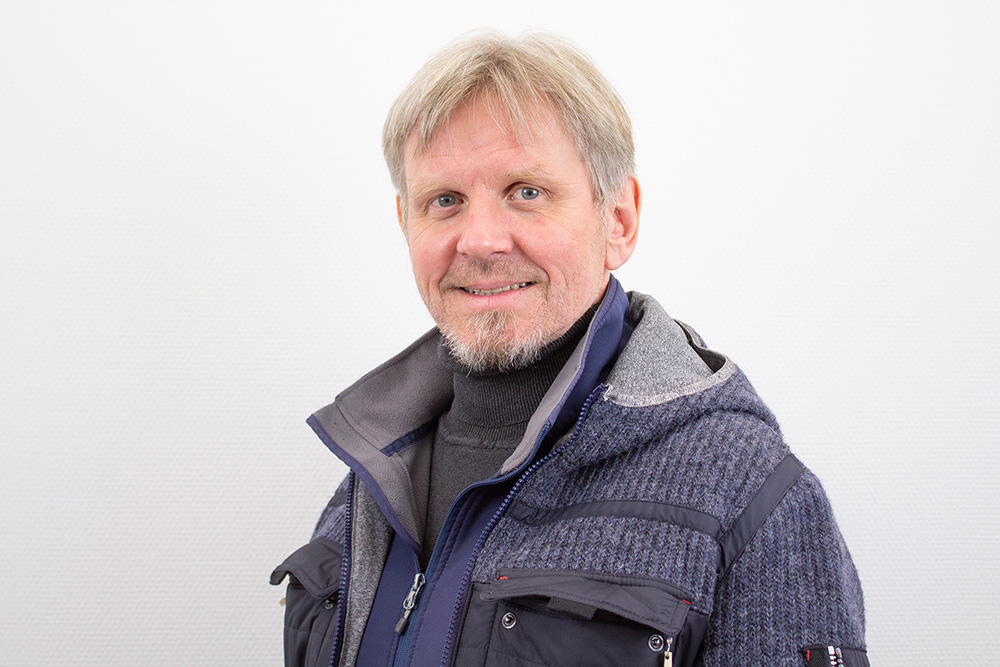
Prof. Dr. Raimund Brotsack, Dipl.-chem.
- Erneuerbare Energien
- Energiespeicherung
- Power to Gas mit Methanisierung
- Bio-Wasserstoff
- Methanpyrolyse
Professor
Studiengangsleiter Industrial Engineering; Laborleitung Chemielabor ECRI, Leiter der Forschungsgruppe “Grüne Gase” am Technologie Zentrum Energie (Kooperation THD mit HAW Landshut: https://www.haw-landshut.de/forschungseinrichtungen/technologiezentren/technologiezentrum-energie/labore/labor-fuer-gruene-gase) Promotionsverbundkolleg Life Science und grüne Technologien - Mitglied im Leitungsgremium (https://life-sciences.baywiss.de/)
Projekte
DanuP-2-Gas (https://danup2gas.eu/info/project)
Labore
Labor Chemie ECRI / Labor und Technikum für mikrobiologische Methanisierung am Technologiezentrum Energie
Kernkompetenzen
Energiespeicherung
- Power to Gas
- biologische Methanisierung
- Bio-Wasserstoff